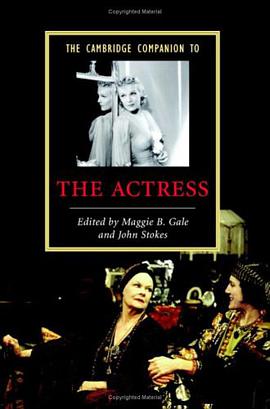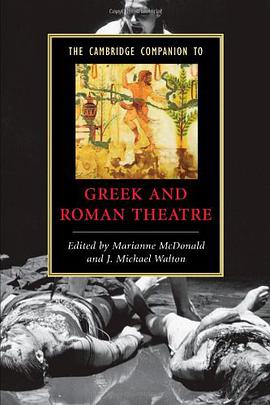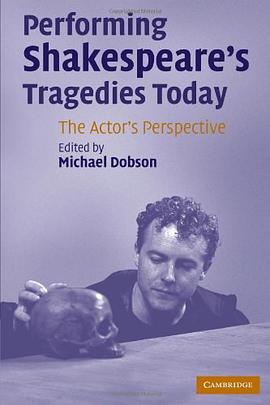

In this book, Caroline van Eck examines how rhetoric and the arts interacted in early modern Europe. She argues that rhetoric, though originally developed for persuasive speech, has always used the visual as an important means of persuasion, and hence offers a number of strategies and concepts for visual persuasion as well. The book is divided into three major sections - theory, invention, and design. Van Eck analyzes how rhetoric informed artistic practice, theory, and perception in early modern Europe. This is the first full-length study to look at the issue of visual persuasion in both architecture and the visual arts, and to investigate what roles rhetoric played in visual persuasion, both from the perspective of artists and that of viewers.
具体描述
读后感
评分
评分
评分
评分
用户评价
相关图书
本站所有内容均为互联网搜索引擎提供的公开搜索信息,本站不存储任何数据与内容,任何内容与数据均与本站无关,如有需要请联系相关搜索引擎包括但不限于百度,google,bing,sogou 等
© 2025 book.wenda123.org All Rights Reserved. 图书目录大全 版权所有




















